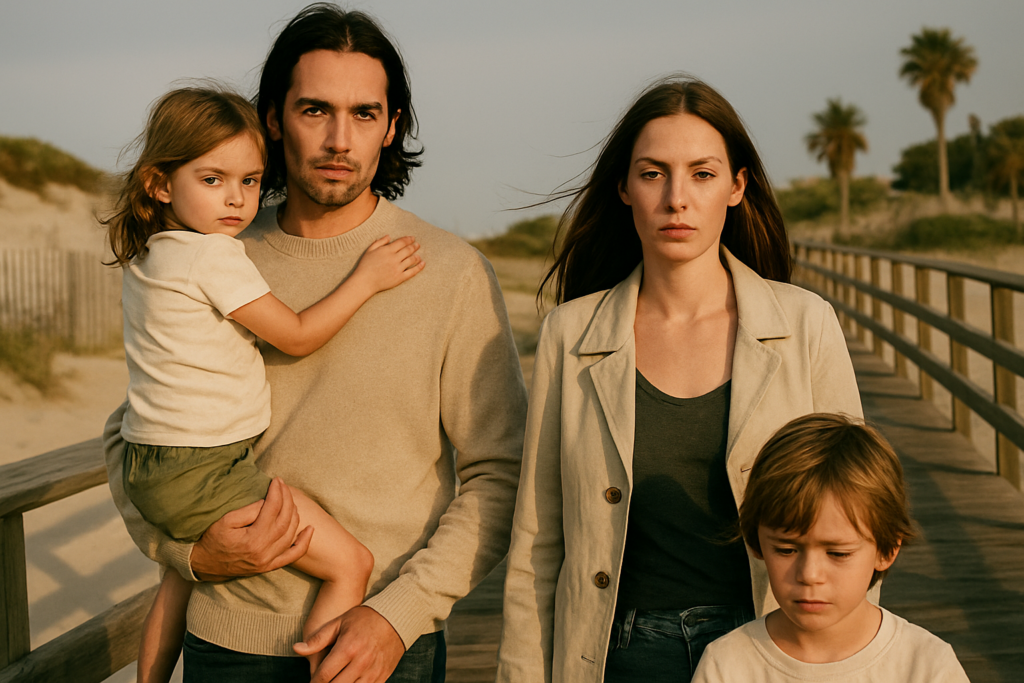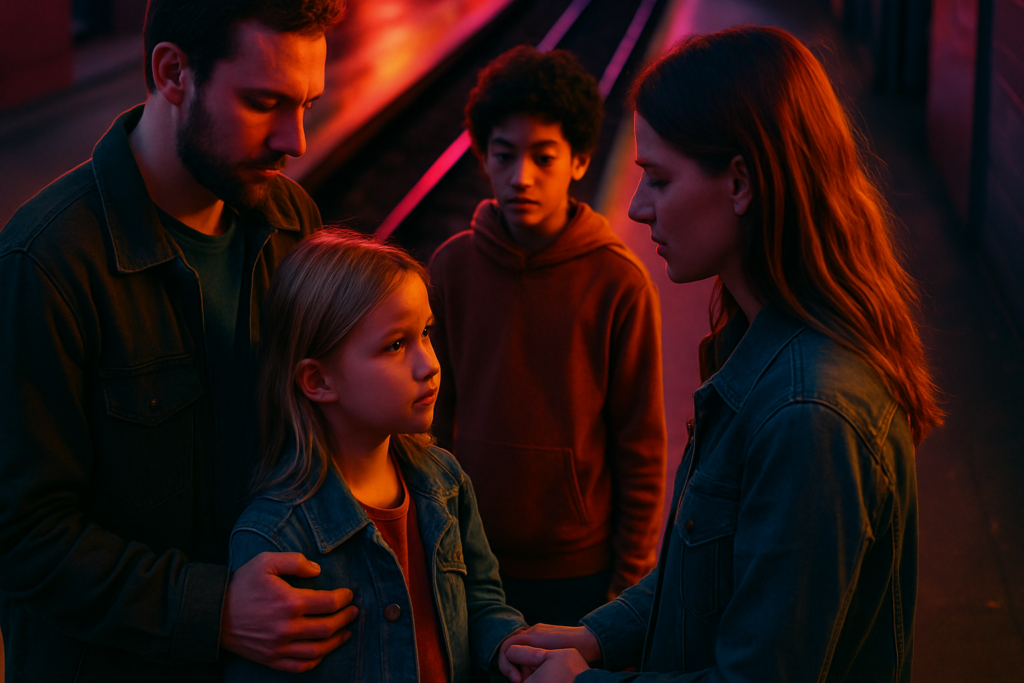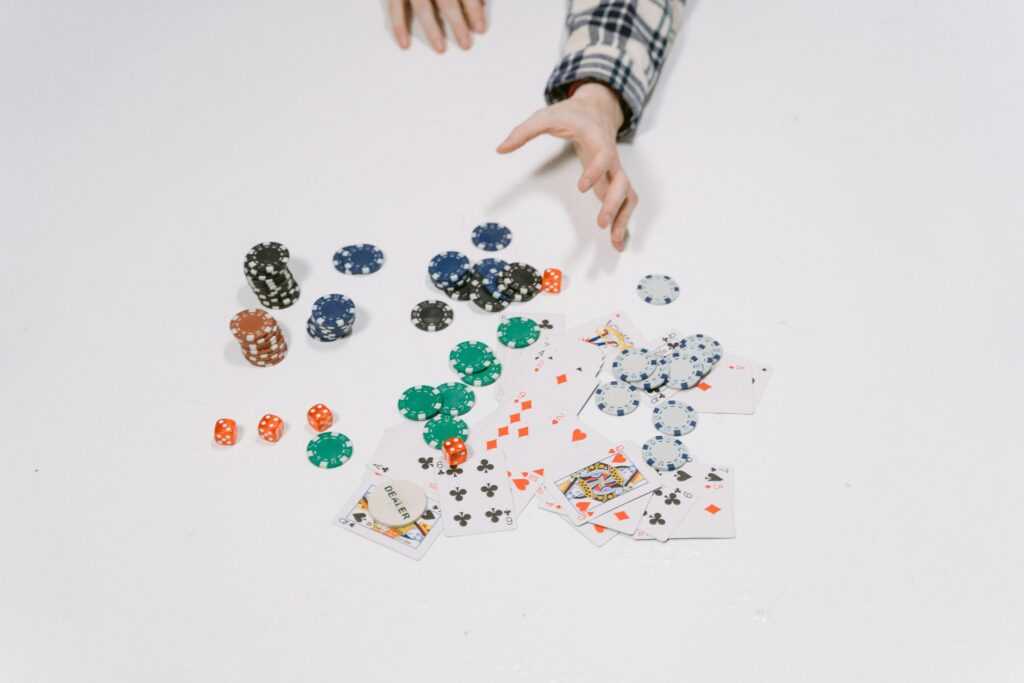What’s Driving the Buzz
Blended families have always existed. The difference now? They’re finally being seen and not just in passing. In 2026, celebrity families with step parents, half siblings, and co parenting setups aren’t sidelined or hidden behind PR scripts. They’re front and center, often sharing their dynamic lives on talk shows, in docuseries, and across social media. And people are paying attention.
Why does it matter? Because visibility drives normalization. When stars like Zendaya or Chris Pratt openly discuss co parenting wins and missteps, they chip away at outdated ideas of what a “normal” family looks like. The perfectly nuclear setup is no longer the default it’s just one tile in a much bigger mosaic.
Over the last five years, media has stopped treating blended families as complicated footnotes and started portraying them as full stories with texture, flaws, and warmth. You see joint vacations. Honest conversations about custody. Birthday parties with exes and new spouses in the same room. That openness isn’t just about headlines it’s cultural glue. It helps viewers see their own families reflected, or imagine future ones without shame or confusion.
In a polarized world, that kind of soft power making blended families feel seen and valid isn’t small. It’s personal. It’s social. And it’s changing the conversation.
High Profile Blended Families Everyone’s Talking About
Blended families used to be whispered about. Now they’re headline stories more honest, more visible, and more nuanced than ever. Celebrities like Jennifer Lopez and Ben Affleck co parenting with their respective exes, or Chris Pratt navigating parenting with Anna Faris and Katherine Schwarzenegger, are showing what functional, non nuclear family life can actually look like. It’s less about picture perfect holidays and more about open schedules, emotional maturity, and lots of texting.
Step parenting roles are also getting a spotlight and not in the old, tired tropes. Social media is full of actors and artists celebrating their stepkids the way some used to announce awards: casually, publicly, and without overcompensating. Think Alicia Keys and Swizz Beatz supporting an entire ecosystem of shared parenting with exes and stepkids in the mix. These moments don’t erase the hard parts they just normalize doing the work without the drama.
Podcasts, interviews, even low key Instagram posts are taking us deeper into those dynamics. Celeb parents are dropping filters sharing therapy journeys, custody strategies, and the not so easy wins. And then there are the families you don’t expect: ex spouses taking vacations together or new partners showing up to school concerts. These aren’t PR stunts. They’re signals. That family doesn’t come in one shape anymore and that mutual support across new boundaries is not just possible, it’s increasingly public.
Real Life Impact Beyond the Headlines

When public figures open up about their blended families, it shifts the whole conversation. Suddenly, the idea of raising kids across two households or having step parents in the picture doesn’t feel so unusual it feels human. Celebrities aren’t just entertaining; they’re shaping what’s seen as normal. When A listers share family photos with an ex and a new spouse at the same table, it punctures long held ideas about what families are “supposed to” look like.
That visibility is changing the tone of public conversation. Less stigma. More curiosity. More kids seeing their lives mirrored in media. Parents, too, are seeking better tools not just legal solutions, but deeper emotional support. Co parenting therapy is gaining traction. So are stepfamily coaching programs and apps that help navigate scheduling, communication, and boundaries across households.
Blended parenting doesn’t have a rulebook. But as more public figures model the day to day realities from awkward beginnings to hard earned trust the rest of us get a little more insight, and a little more grace. For more on how these cultural shifts are breaking through, see the full report here: blended family impact.
Key Trends for 2026
LGBTQ+ blended families are no longer flying under the radar they’re front and center. Visibility is way up, not just in glossy profiles or clickbait headlines, but in the rhythm of everyday content. Think shared vacations posted as vlogs, joint milestone parties on Instagram stories, and raw, honest recaps about how hard it can be to mix households while staying emotionally intact.
This kind of openness is cracking the old narrative wide open. More creators especially queer influencers are showing what co parenting and step partnering really look like. Messy? Sometimes. Connected? Often. They’re not selling perfection. They’re offering something more relatable: genuine effort, evolving trust, and moments that actually matter.
The rise of these creators has shifted the playing field. Audiences are gravitating toward reality over polish, context over performance. And that shift is building trust and loyalty both tough to earn in 2026’s saturated media landscape. Blended queer families paving the way with visibility, candor, and shared experience aren’t just breaking molds they’re making new ones.
Why This Matters for Society Now
The way blended families are portrayed in the spotlight is reshaping how younger generations think about what makes a family. They’re growing up seeing step parents, half siblings, and shared parenting as normal not exceptions. That shift matters. It forms the foundation for broader acceptance, not just at home, but in schools, media, and future relationships.
Public figures who actively show respectful co parenting and collaboration set a tone. They’re not just sharing dinner table snapshots or holiday group photos they’re modeling conflict resolution, emotional flexibility, and long term support systems. That visibility chips away at outdated stigmas and opens up space for more empathy and understanding.
A closer look at recent census data confirms the impact: there’s a measurable uptick in reported well being among kids in blended households when strong relational modeling exists. (Check the full report here: blended family impact).
For everyday families, the takeaway isn’t to copy celebrity life it’s to learn from the transparency. Wins like shared birthdays and co led graduations help shift perspective. Mistakes like communication breakdowns or missteps on boundaries? Those offer lessons too. Blended families work when people choose intention over ego no fame required.



